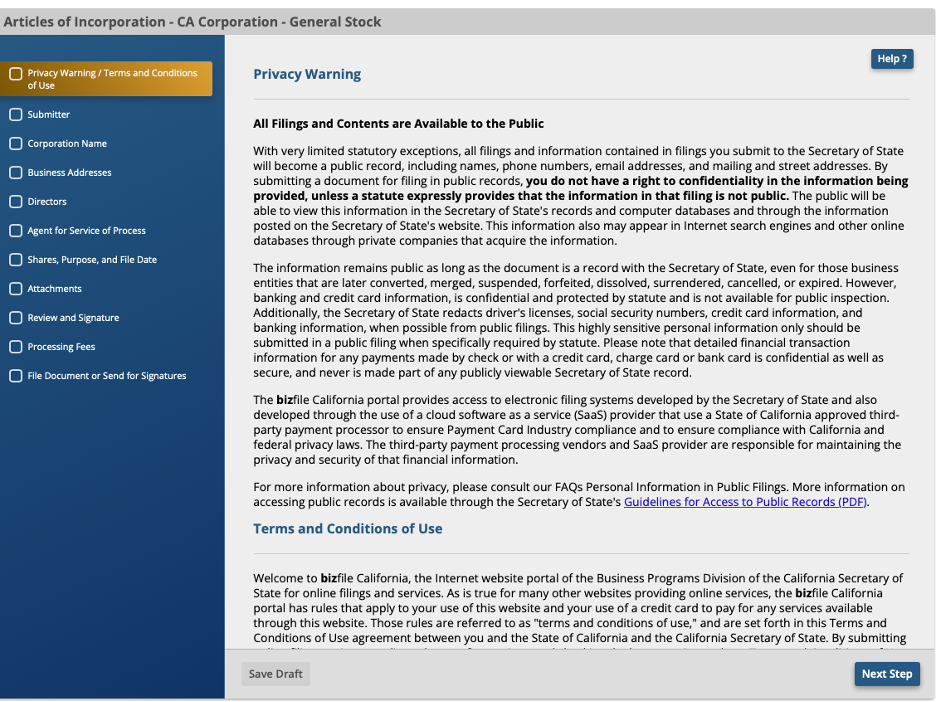One quick “click click” and you might be bound to a not-so-great contract.
As you browse a website, be cautious before you click on the user agreement. Not all online agreements are favorable for users. They are considered “contracts,” and it’s always best to fully understand the terms of any contract before you sign on the dotted line. This issue was recently addressed by a California appellate court in B.D., a Minor, etc., et. al. v. Blizzard Entertainment, Inc.
In Blizzard, a dispute arose between the owner (“Owner”) of an online gaming website and a user (“User”). User filed a lawsuit in state court, and Owner moved to compel arbitration. That means that User had to submit the dispute to arbitration. Owner argued that arbitration was required per the dispute resolution provision incorporated into its online licensing agreement.
The court held in favor of Owner and concluded that the arbitration provision was enforceable because User had sufficient notice. In reaching this conclusion, the court identified and analyzed four different forms of online agreements of which consumers should be aware.
FOUR ONLINE AGREEMENTS TO BE AWARE OF
1. Clickwrap

A “clickwrap” agreement, as the name suggests, requires the website user to click a button to accept the terms of use of the website. For example, when signing up for an account with Total Wine, you will see (left) that you must expressly click a box acknowledging that you are 21 and that you agree to its Terms and Conditions.
2. Scrollwrap


A “scrollwrap” agreement is similar to a clickwrap agreement, but the user must physically scroll through the entire agreement before it can reach the button by which they accept terms. For example, in order to file a form online with the California Secretary of State, you will now see (right) the agreement pop up. After scrolling through the entire agreement, at the bottom you can click a button by which you agree to the terms.
3. Browsewrap

A “browsewrap” agreement binds the user simply by browsing or using the site. The terms of use are likely hyperlinked to another page, but the user need not affirmatively accept the terms. For example, the below image is a screenshot from Wikipedia’s website—as you will see, the final line of the Privacy Policy provides: “By using our services, you consent to any such transfer of information outside your country.” So by enjoying the knowledge Wikipedia has to offer, you are automatically agreeing to its terms and conditions.
4. Sign-in Wrap

A “sign-in wrap” agreement requires the user to agree to the terms and conditions in order to sign up for the website. For example, when creating an account through Instagram, you will see by signing up you must agree to be bound by the Terms. This combines the clickwrap and browsewrap agreements, because you cannot use the site without checking a box and acknowledging the terms and conditions.
Putting Protection Into Practice
California Courts have generally found that clickwrap and scrollwrap agreements are enforceable because they provide sufficient notice to the user. In other words, the agreement is clear and obvious enough that a reasonable user would understand they are entering into a contract. In contrast, browsewrap agreements are traditionally unenforceable because they do not provide sufficient notice. Sign-in wraps vary by court, depending on the facts—when signing up for a single use/one-time purchase, courts have found that consumers would not reasonably expect to be bound to some agreement. In contrast, when a consumer signs up for an ongoing relationship with the website, a court will traditionally find that agreement enforceable. As such, when the purpose of the site is to create a “forward-looking,” more “long term” relationship with the user, a sign-in wrap agreement will most likely be deemed valid.
In the Blizzard case, in order to sign up to use the website, the user had to accept the terms of use, including the dispute resolution provision, in the form of a pop-up. The dispute resolution provision was hyperlinked in bold, blue font, and the court determined that the format of the pop-up gave the user sufficient notice that they were agreeing to be bound by a contract. Further, this was a website in which one signed up in order to continuously use it; it was not a one-time purchase. As such, the court found that the arbitration agreement was enforceable, and ruled in favor of website Owner.
So, think twice before you “click,” and make sure to review the online agreement before you give your consent.










Leave a Comment